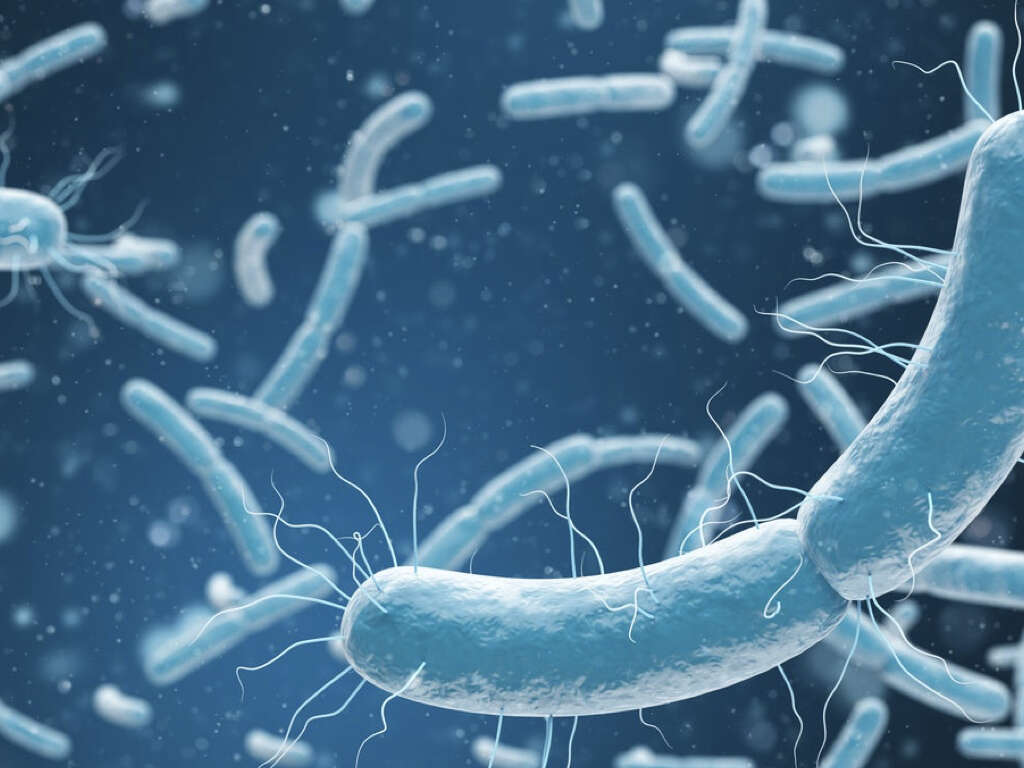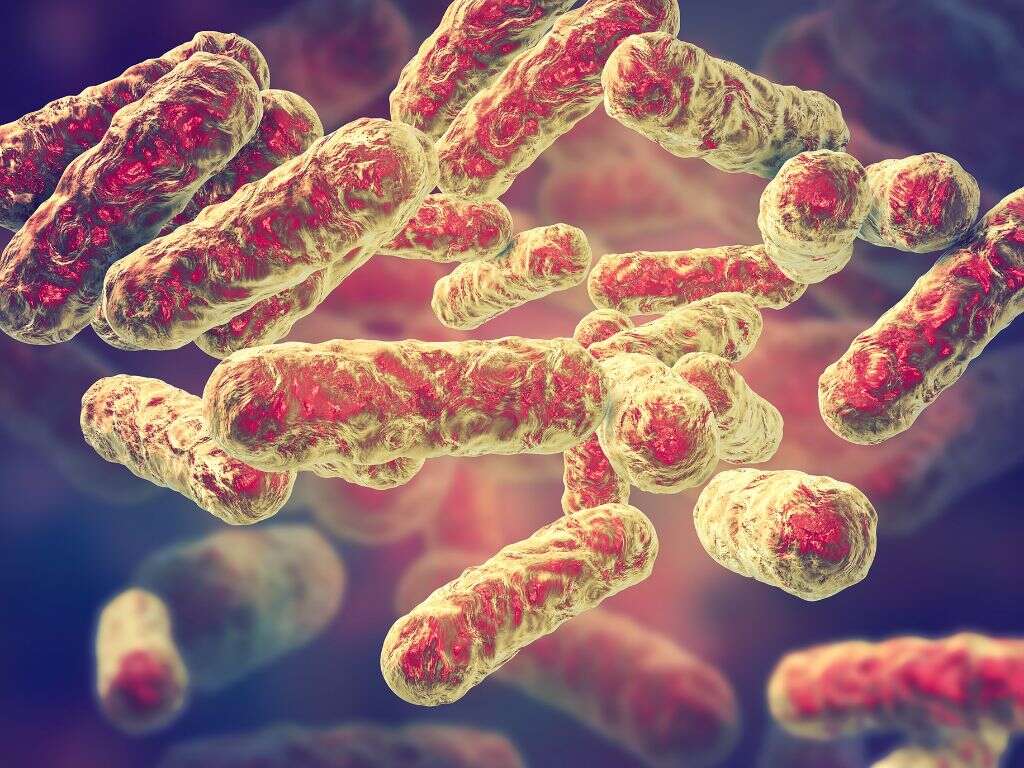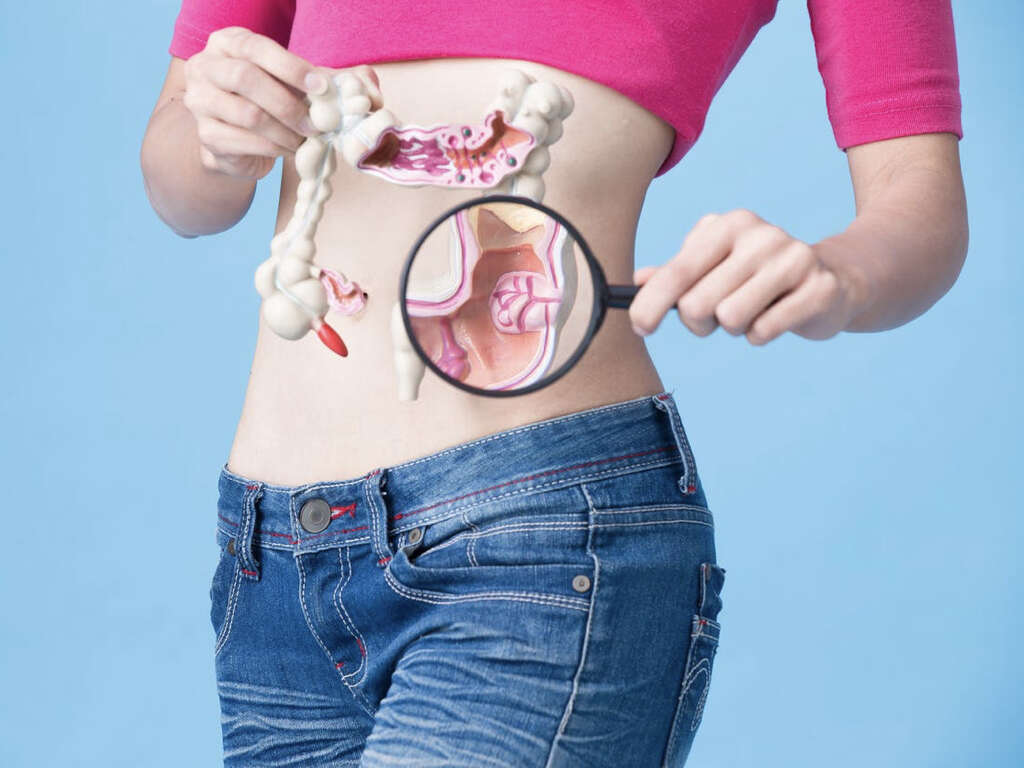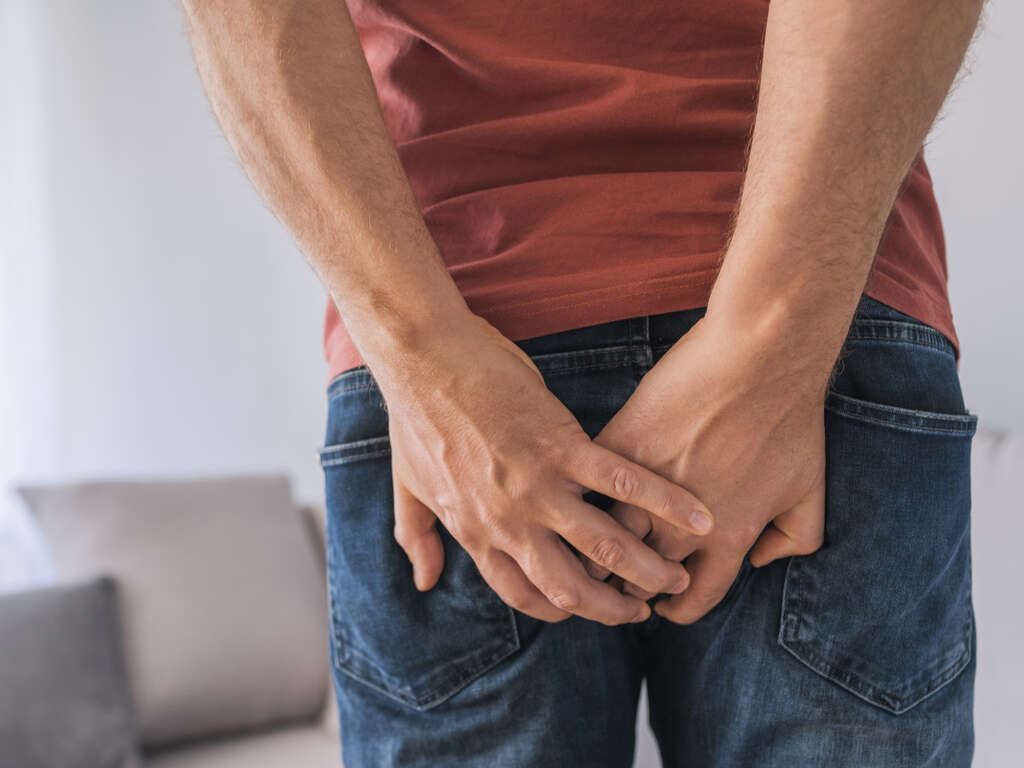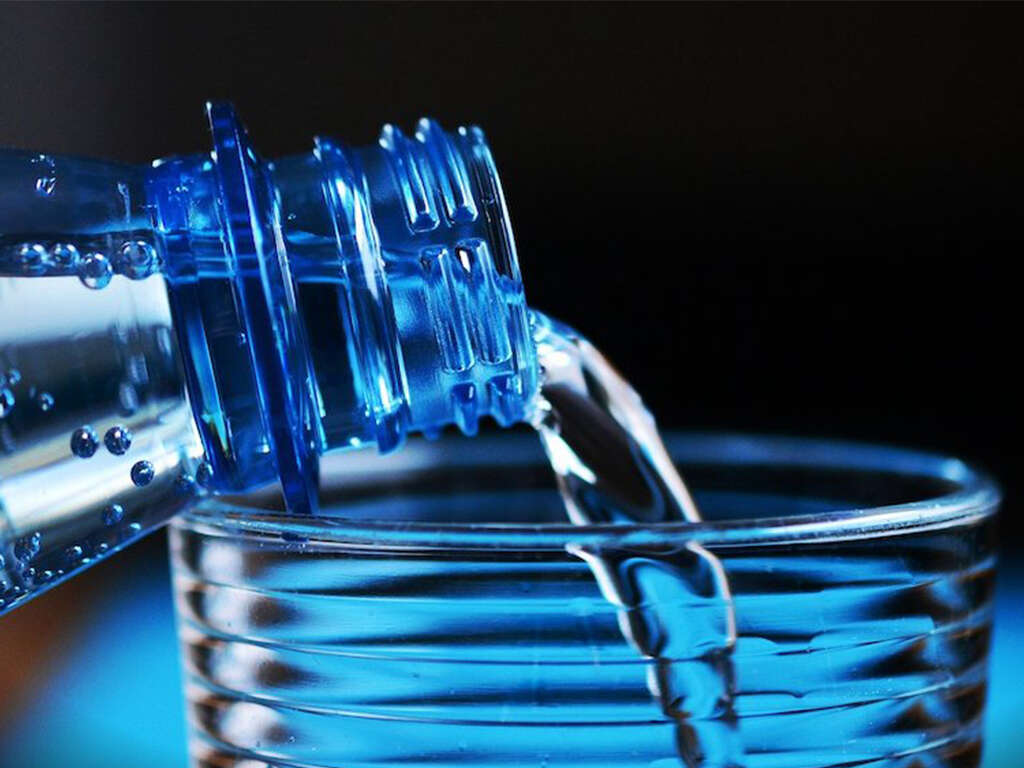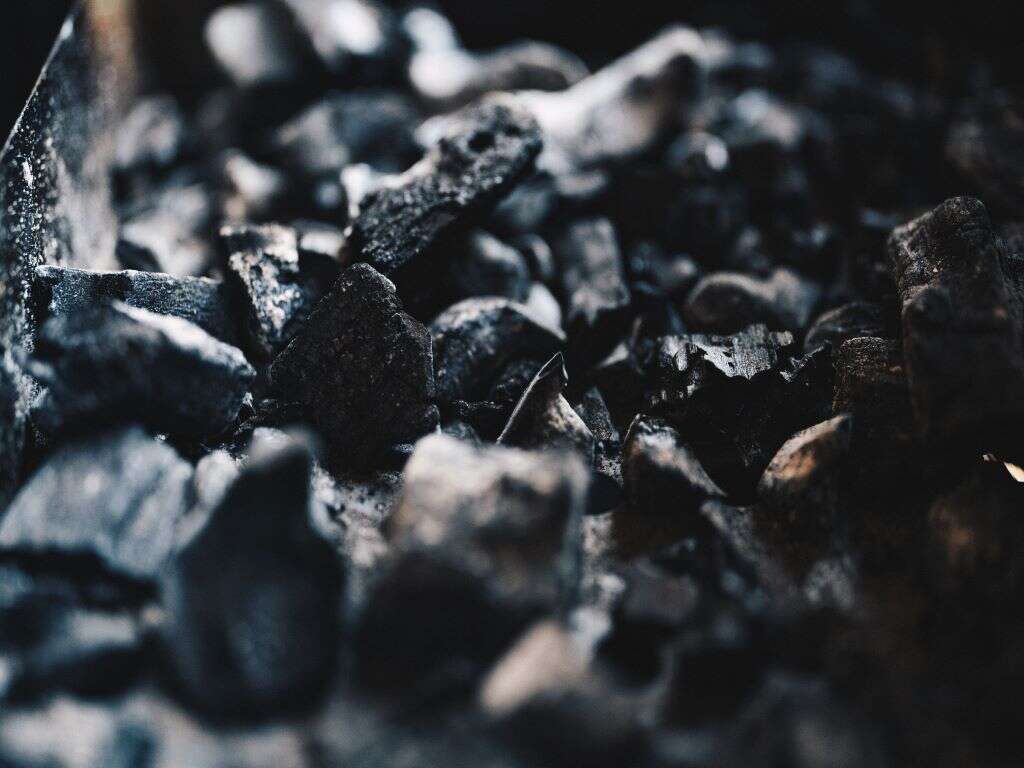10 Common Causes of Smelly Urine
 Article Sources
Article Sources
- 1. 'Changes in Urine; Symptoms, Causes & Treatment.' Cleveland Clinic, my.clevelandclinic.org/health/diseases/15357-urine-changes
- 2. 'Dehydration.' Mayo Clinic, Mayo Foundation for Medical Education and Research, 19 Sept. 2019, www.mayoclinic.org/diseases-conditions/dehydration/symptoms-causes/syc-20354086
- 3. Publishing, Harvard Health. 'Urine Color and Odor Changes.' Harvard Health, www.health.harvard.edu/diseases-and-conditions/urine-color-and-odor-changes
- 4. 'Smelly Urine.' NHS Choices, NHS, www.nhs.uk/conditions/smelly-urine/
- 5. 'Cystitis.' Mayo Clinic, Mayo Foundation for Medical Education and Research, 14 May 2020, www.mayoclinic.org/diseases-conditions/cystitis/symptoms-causes/syc-20371306
- 6. 'Urinary Tract Infection (UTI).' Mayo Clinic, Mayo Foundation for Medical Education and Research, 23 Apr. 2021, www.mayoclinic.org/diseases-conditions/urinary-tract-infection/symptoms-causes/syc-20353447
- 7. 'Type 2 Diabetes.' Mayo Clinic, Mayo Foundation for Medical Education and Research, 20 Jan. 2021, www.mayoclinic.org/diseases-conditions/type-2-diabetes/symptoms-causes/syc-20351193
- 8. 'Smelly Urine.' Nidirect, 13 Nov. 2019, www.nidirect.gov.uk/conditions/smelly-urine
- 9. 'Bladder Fistula.' Bladder Fistula: Symptoms, Diagnosis & Treatment - Urology Care Foundation, www.urologyhealth.org/urology-a-z/b/bladder-fistula
- 10. 'Maple Syrup Urine Disease: MedlinePlus Genetics.' MedlinePlus, U.S. National Library of Medicine, 18 Aug. 2020, medlineplus.gov/genetics/condition/maple-syrup-urine-disease/#inheritance
- 11. 'Trimethylaminuria.' NORD (National Organization for Rare Disorders), 21 Oct. 2020, rarediseases.org/rare-diseases/trimethylaminuria/
- 12. 'Kidney Stones.' National Kidney Foundation, 21 Jan. 2021, www.kidney.org/atoz/content/kidneystones
- 13. Osborne, Bridget V. 'A Nose for Trouble.' The British Journal of General Practice : the Journal of the Royal College of General Practitioners, Royal College of General Practitioners, Dec. 2012, www.ncbi.nlm.nih.gov/pmc/articles/PMC3505402/
- 14. 'Common Characteristics of Liver Disease.' Johns Hopkins Medicine, [www.hopkinsmedicine.org/health/conditions-and-diseases/common-characteristics-of-liver-disease.](http://www.hopkinsmedicine.org/health/conditions-and-diseases/common-characteristics-of-liver-disease.)
- 15. 'Liver Disease.' Nidirect, 12 Nov. 2019, www.nidirect.gov.uk/conditions/liver-disease
Urine typically has a mild odor. The odor may vary slightly, depending on factors such as the amount of liquid consumed, types of foods eaten and medications taken. Anyone can experience changes in urine scent, but women, older adults and people with family histories of kidney or bladder stones may be more likely to notice unusual urine odors.
Sometimes the odor of urine changes significantly. While some changes are temporary and generally nothing to worry about, other changes may be indicative of an underlying medical condition and may warrant seeing a doctor. 1‘Changes in Urine; Symptoms, Causes & Treatment.’ Cleveland Clinic, my.clevelandclinic.org/health/diseases/15357-urine-changes

Dehydration
When a person loses more fluids than they take in, the body may not have enough fluids to carry out normal functions, and dehydration may result. Urination may occur less frequently, the urine may have a darker color than normal and the urine may have an ammonia-like odor. Other symptoms may include extreme thirst, confusion, dizziness and fatigue.
People experiencing diarrhea and vomiting may be more likely to develop dehydration. Exercising in hot weather and failing to drink enough fluids may also lead to dehydration. Remaining hydrated by drinking plenty of liquids may help keep dehydration at bay.1‘Changes in Urine; Symptoms, Causes & Treatment.’ Cleveland Clinic, my.clevelandclinic.org/health/diseases/15357-urine-changes,2‘Dehydration.’ Mayo Clinic, Mayo Foundation for Medical Education and Research, 19 Sept. 2019, www.mayoclinic.org/diseases-conditions/dehydration/symptoms-causes/syc-20354086
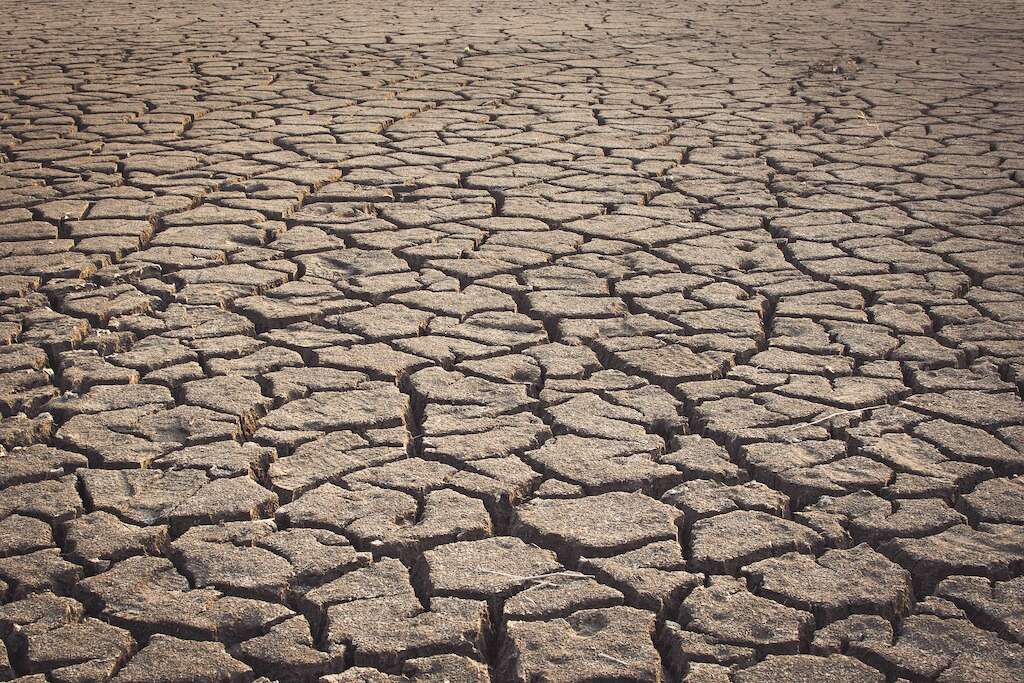
Foods and Medications
Some foods, medications and vitamin supplements may cause a temporary change in the smell and color of urine. Asparagus may give urine a greenish appearance and an ammonia-like odor. Consuming coffee, beer, garlic or vitamin B-6 supplements may also cause a strong urine odor.
Changes in the smell and color of urine because of consuming foods, medications and vitamin supplements are normally harmless. People shouldn't discontinue medications without consulting their health care provider.1‘Changes in Urine; Symptoms, Causes & Treatment.’ Cleveland Clinic, my.clevelandclinic.org/health/diseases/15357-urine-changes,3Publishing, Harvard Health. ‘Urine Color and Odor Changes.’ Harvard Health, www.health.harvard.edu/diseases-and-conditions/urine-color-and-odor-changes,8‘Smelly Urine.’ Nidirect, 13 Nov. 2019, www.nidirect.gov.uk/conditions/smelly-urine

Cystitis
Inflammation of the bladder, or cystitis, may cause the frequent passage of small amounts of cloudy urine with a strong odor. Often caused by bacteria, cystitis may also develop due to drug reactions, radiation therapy, long-term catheter use or irritants.
Other cystitis symptoms may include a persistent urge to urinate, a burning feeling while urinating, blood in the urine, pelvic discomfort and low-grade fever. People who also develop nausea or vomiting, chills and back or side pain should seek medical attention.5‘Cystitis.’ Mayo Clinic, Mayo Foundation for Medical Education and Research, 14 May 2020, www.mayoclinic.org/diseases-conditions/cystitis/symptoms-causes/syc-20371306

Urinary Tract Infections (UTIs)
A urinary tract infection, or UTI, may occur in any part of the urinary tract, including the kidneys, ureters, bladder and urethra. Caused by bacteria, UTI symptoms are often similar to those of cystitis and may include frequent passage of cloudy or reddish urine with a strong odor.
Women are more prone to developing UTIs, especially women who are sexually active, use diaphragms for birth control or are menopausal. Health care providers often manage UTIs with antibiotics.6‘Urinary Tract Infection (UTI).’ Mayo Clinic, Mayo Foundation for Medical Education and Research, 23 Apr. 2021, www.mayoclinic.org/diseases-conditions/urinary-tract-infection/symptoms-causes/syc-20353447

Bladder Fistula
Urine that looks or smells like stool may be a sign of a bladder fistula, an abnormal opening between the bladder and another organ, such as the large intestine or vagina. People with a bladder fistula may also pass gas while urinating or experience numerous UTIs.
Inflammation from diverticulitis or Crohn's disease is a common cause of fistulas that develop between the bladder and bowel. Radiation therapy also may cause fistulas, and cancer may cause fistulas between the bladder and bowel or vagina.9‘Bladder Fistula.’ Bladder Fistula: Symptoms, Diagnosis & Treatment - Urology Care Foundation, www.urologyhealth.org/urology-a-z/b/bladder-fistula

Type 2 Diabetes
Sweet-smelling urine is a possible sign of type 2 diabetes, a condition in which sugar accumulates in the blood because the body doesn't metabolise sugar correctly. Other symptoms may include frequent urination, fatigue, increased thirst and hunger and blurred vision.
Type 2 diabetes commonly occurs in people over age 45, who are overweight or inactive or have family members with the condition. Managing type 2 diabetes may involve losing weight, exercising, eating healthy foods and taking medications.4‘Smelly Urine.’ NHS Choices, NHS, www.nhs.uk/conditions/smelly-urine/,7‘Type 2 Diabetes.’ Mayo Clinic, Mayo Foundation for Medical Education and Research, 20 Jan. 2021, www.mayoclinic.org/diseases-conditions/type-2-diabetes/symptoms-causes/syc-20351193

Maple Syrup Urine Disease
Maple syrup urine disease (MSUD) is a rare but serious inherited disorder in which the body fails to process amino acids properly. It affects one in 185,000 infants throughout the world.
Symptoms of this condition frequently occur shortly after birth and may include sweet-smelling urine, lethargy, vomiting and poor eating as well as abnormal movements and delayed development. Sometimes a milder form of MSUD develops later in infancy or during childhood. Seizures, coma and death may result if this disorder remains undiagnosed.10‘Maple Syrup Urine Disease: MedlinePlus Genetics.’ MedlinePlus, U.S. National Library of Medicine, 18 Aug. 2020, medlineplus.gov/genetics/condition/maple-syrup-urine-disease/#inheritance
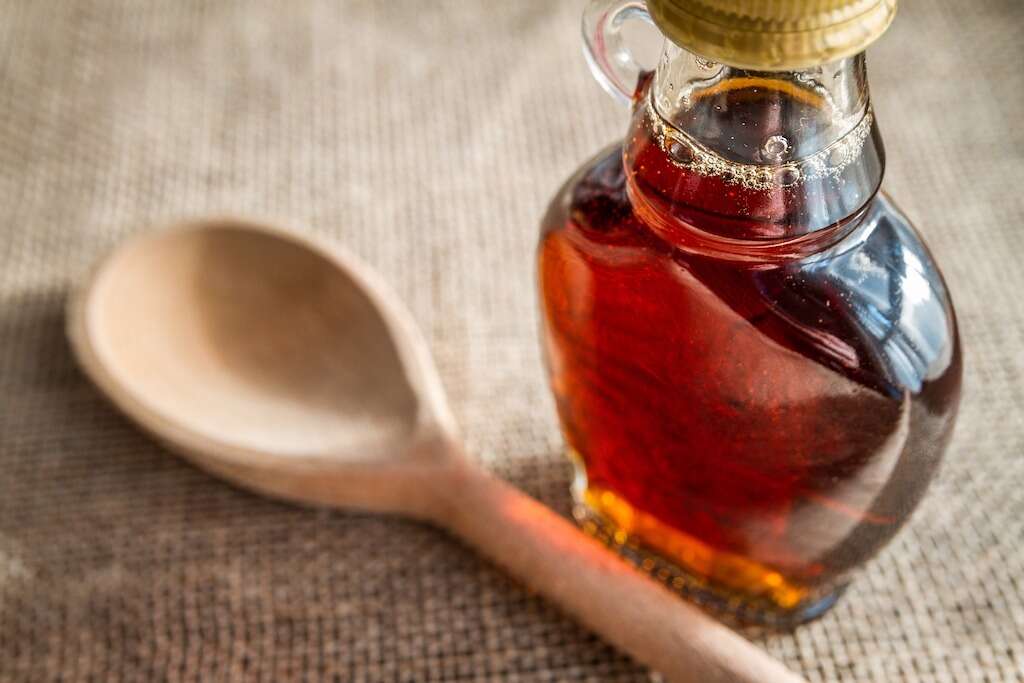
Trimethylaminuria
A rare disorder, trimethylaminuria occurs when the body cannot break down triethylamine. This chemical may cause an unpleasant, fishy odor in a person's perspiration, breath and urine. Most cases of trimethylaminuria are genetic. Management involves limiting the intake of foods containing lecithin and choline and using an antibiotic, such as metronidazole.
Another form of trimethylaminuria may develop when a person uses large quantities of the amino-acid derivative L-carnitine (levocarnitine) or choline. In this case, reducing intake of these substances resolves the symptoms.11‘Trimethylaminuria.’ NORD (National Organization for Rare Disorders), 21 Oct. 2020, rarediseases.org/rare-diseases/trimethylaminuria/

Kidney Stones
Foul-smelling urine may be a sign that kidney stones are present. Kidney stones may sometimes pass out of the body naturally in the urine. If they fail to move, they may block the passage of urine, causing severe pain.
Other symptoms of kidney stones may include fever, chills, nausea, vomiting and blood in the urine. Physicians may break up kidney stones using shock wave lithotripsy, allowing the stones to pass more readily. Surgery to remove kidney stones is sometimes necessary.12‘Kidney Stones.’ National Kidney Foundation, 21 Jan. 2021, www.kidney.org/atoz/content/kidneystones
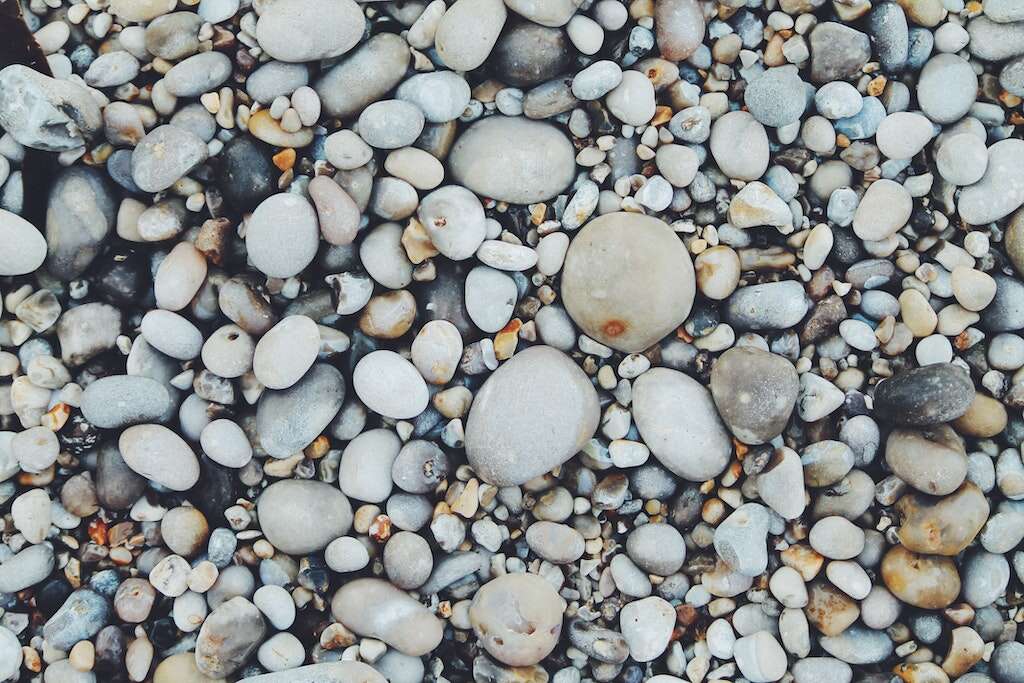
Liver Disease
There are over 100 types of liver disease. Symptoms often aren't clear until the liver is significantly damaged.
When severe liver disease occurs, a sweet, musty odor may be evident in the urine and on the breath. Other symptoms may include jaundice, ascites, itching, chills, dark urine and pale stool. The liver and gallbladder also may be enlarged. If liver failure occurs, the person may exhibit weakness, confusion, appetite loss, nausea and diarrhea as well as fatigue and weakness.13Osborne, Bridget V. ‘A Nose for Trouble.’ The British Journal of General Practice : the Journal of the Royal College of General Practitioners, Royal College of General Practitioners, Dec. 2012, www.ncbi.nlm.nih.gov/pmc/articles/PMC3505402/,14‘Common Characteristics of Liver Disease.’ Johns Hopkins Medicine, www.hopkinsmedicine.org/health/conditions-and-diseases/common-characteristics-of-liver-disease.,15‘Liver Disease.’ Nidirect, 12 Nov. 2019, www.nidirect.gov.uk/conditions/liver-disease



